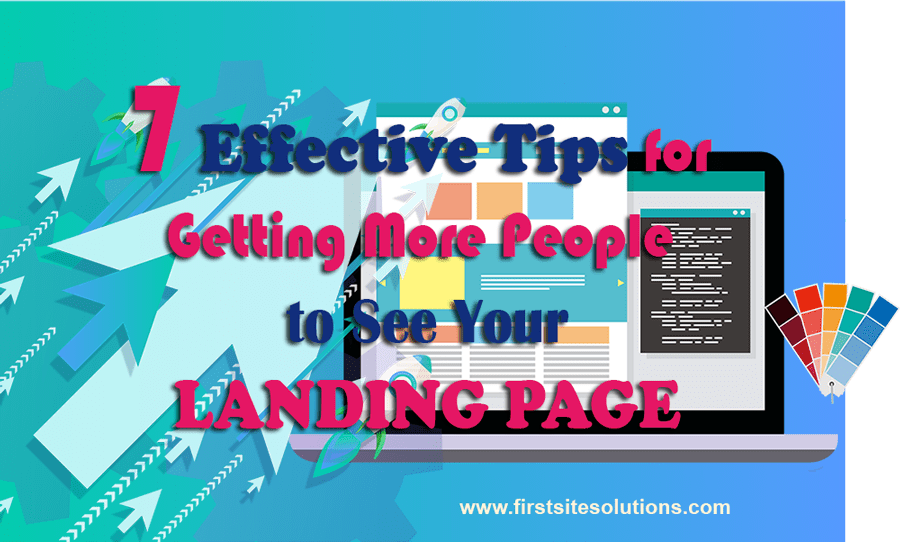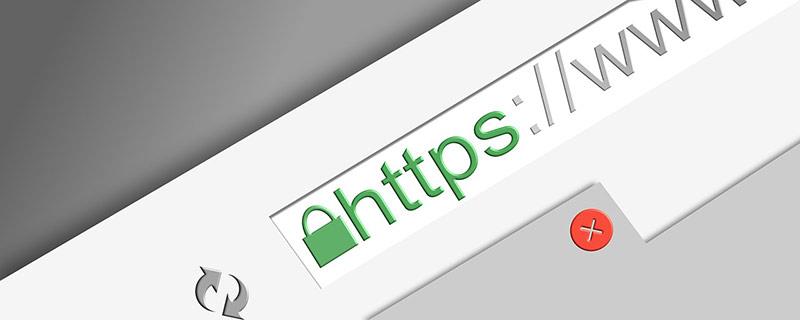
Every business should approach their website with specialcare. Since Internet users are becoming more demanding, their expectations are changing, as well.
Contemporary users pay more and more attention to design.
According to the stats published by the Sweor website, 38% of visitors will stop using a website if it has a poor design.
So, it’s crucial for website owners to invest in meticulous website layout.
One of the key features of the well-arranged design are landing pages.
Here’s what we think will help business owners create effective landing pages.

1) Polish the content
Today everybody knows that content is king.
However, what some people may not know is that sometimes less content is more.
In other words, some contexts of online marketing demand for more impactful, yet concise content.
Landing pages are an example of such elements.
Every landing page has a specific purpose. Some of them serve business owners want to sell a product or a service.
Some other landing pages are here to convince visitors to register on that website.
Firstly, you need to assign the role to every landing page on your website.
Secondly, add only crucial attention-grasping content bits on each of these landing pages.
Finally, analyze the metrics to see if the content converts occasional visitors into regulars.
2) Eliminate the distractors
When it comes to landing pages, Internet users are divided into two basic groups: those who are for pop-ups and those who are against them.
Your decision here will depend on the type of your website and the role of the landing page.
If you want primarily to increase the number of registered users, feel fry to add a popup on some of the landing pages. You’ll see after a while whether this element will pay off.
But if the main purpose of a landing page is to sell things through it, eliminate all the distractors. Every extra bit of information might distract users and make them leave the landing page.
Also, it’s wiser to avoid ads on landing pages. It’s even more obvious that ads and popups shouldn’t go together.
3) Limit the offers
One of the most practical tips when it comes to landing pages is to limit the offers.
If you want to get rid of the extra items you have in stock quickly, put together a discount and a time limit. It will nudge some of the visitors to buy items as soon as possible.
Those website owners who want to promote a service should also limit the duration of the promo period.
It will make the interested visitors react immediately to the service in question.
Finally, limiting the offers on your landing pages prevents getting too much clutter on your website.
As one promotional period is finished, you can launch a new landing page with a new purpose.
By limiting offers on your landing pages, you increase the flow of visitors and cash on your website.
4) Provide extra value
If you want to reach fast success, it’s vital for your landing pages to provide extra value.
This means that you shouldn’t copy other enterprises. Many businesses just use copycat landing pages, trying to make easy money.
What’s wrong about this tactic is the fact that it underestimates customers.
Most customers can tell whether you’ve tried to offer something unique to them.
For instance, you can include some incentives in your landing pages, such as bonus items or additional services. Also, you can reward the first few buyers or offer them special membership cards.
So, landing pages can come in handy in providing extra value for your first or loyal clients.
5) Include various media
It’s important to present every landing page in a brief but eye-catching way.
Apart from using simple but original descriptions and phrases, you should apply several different media.
For instance, if a landing page is promoting a special service or product, adding an explainer video is a must.
You will be able to present its features and functionalities, as well as the benefits for users through such a video. Still, make sure to keep it under two minutes. Otherwise, people might not watch it till the end.
Of course, you need to ensure top-notch images taken from several angles for eCommerce landing pages.
6) Go for handpicked CTAs
Every landing page should contain different calls to action.
If you send the message about your products and services clearly and loudly, the visitors will hear you.
But if you overdo with CTAs, the noise won’t be able to see the wood for the trees.
Therefore, website owners need to select an array of handpicked calls to action.
You can try to add your business tagline or the campaign slogan to those pages. That way, your clients will develop a sense of familiarity with your brand and products.
Since landing pages can be a powerful means of efficient business branding, you can enrich them with those one-liners.
Apart from that, you can research the calls to actions used by your rivals and then do something opposite from them.
7) Apply A/B testing for design
A rule of thumb for every website design is to conduct the A/B test.
As explained by the providers of web application development services in Houston, web designers should prepare two different versions of the website.
In line with that, they should ensure different versions of landing pages, as well. That way, you’ll be able to check how your preferences work on two or more different groups of test users.
This is even more necessary if you’re thinking about launching a mobile app, as well.
Once these tests are done, you’ll have a chance to improve the bugs, as well as some unnecessary features.
When you and your designer resolve all the issues, you can launch the website and/or the landing pages.
Conclusion
Website owners should treat their landing pages the same way waiters treat tables in restaurants.
They need to be well-organized, neat, and properly structured. Moreover, they need to contain various special features that will attract visitors to stay there for a longer period.
Finally, landing pages need a combination of authentic visual and textual features to provide special value to visitors.
If you follow our instructions, you should be able to create smashing landing pages that will convert visitors to registered users and customers.








